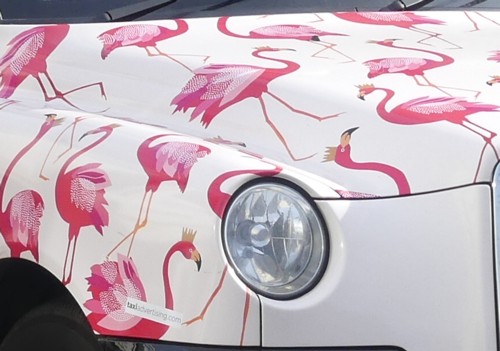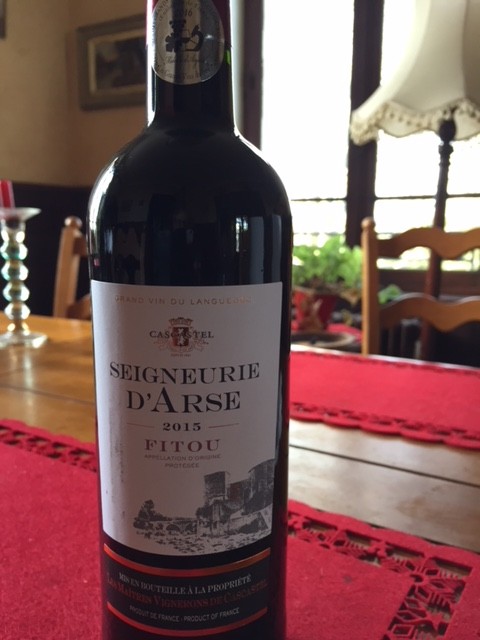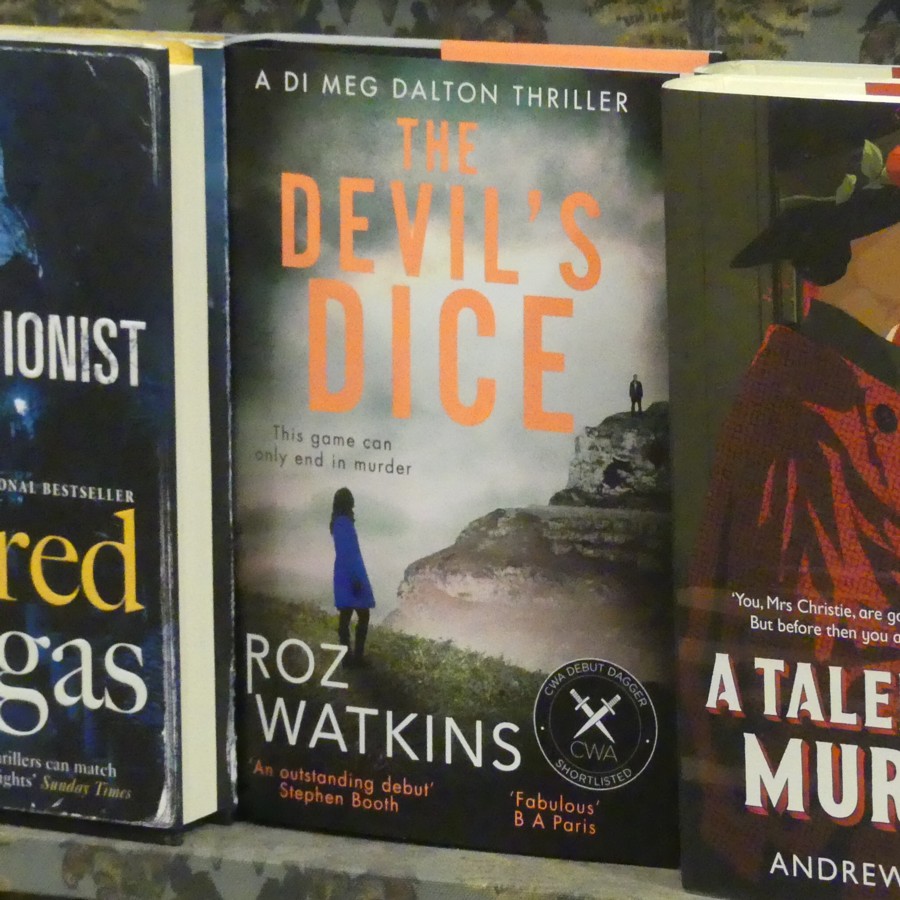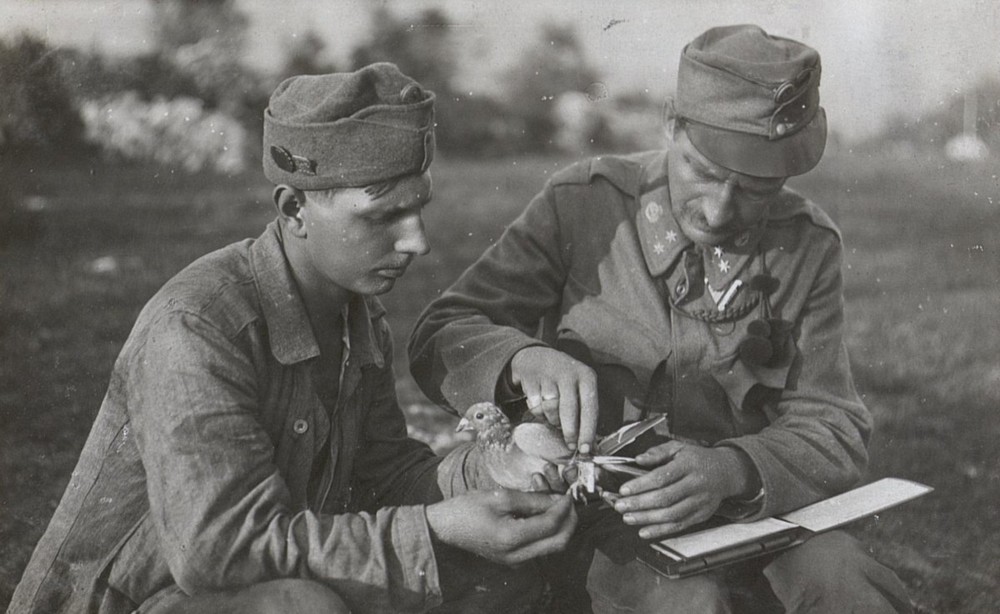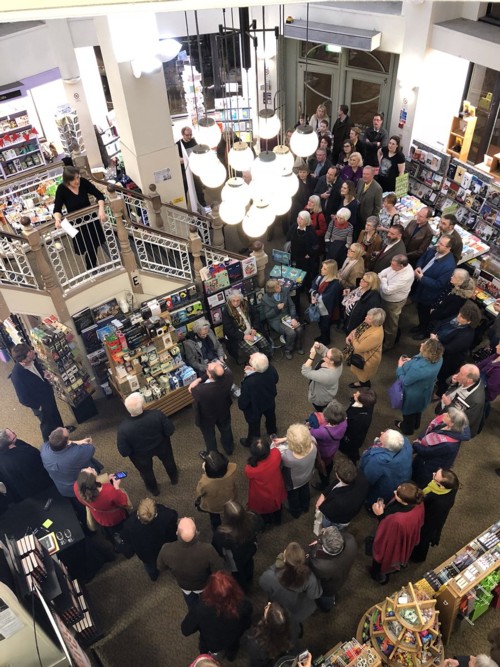Yesterday GodDaughter2 arranged for me to accompany her and and a selection her singing student friends to a dress rehearsal of the ENO’s La Traviata. Like every show at the E(nglish) NO, It was sung in English. It was also somewhat strangely directed, as operas tend to be nowadays. So, the students were all grumbling afterwards. What were those peculiar gestures the soprano kept on doing? “Such torture” to have listen to it in English!
As for me, my problems were that we were the usual third of a mile up and away in the sky (but with no windows through which I might have taken photos of London’s Things), and I couldn’t properly see what was happening down there in the distance, beyond the woman in front of me’s head and those brass railings that she was able crouch down and look under. I wasn’t bothered by all the strange “acting” that the singers were apparently doing, because I could hardly see it. It was all I could do to decypher the English crib (and thank goodness for that) above the stage, of what they were singing (in English also (but as often as not you still can’t make out the damn words (because of how they sing them))). But the music, by Giuseppe Verdi, which I knew only as a random bunch of tunes that I had just about quarter-heard before, is so good that I was kept constantly entertained. Plus, I understood enough of what was going on to really enjoy it, and to really learn something.
It’s quite a story. A young woman (the Traviata of the title) is trying to juggle short-term pleasure with and against long-term romantic fulfilment, is fretting about whether her true love can truly be depended upon, but also doesn’t want to get her true love into social trouble because of her lurid past causing everyone to think he could have done better, which will dishonour his entire family and make his younger sister much less marriageable. Plus, she is not in the best of health and has to keep seeing a doctor.
I can remember, way back in the sixties, when it was believed that all that social pressure stuff was dead in the water. Plus of course, in the sixties, everyone was far too young to be having any health problems. Girls could shack up with guys and have consequence-free sex, and then live happily ever after with … whoever. I think I remember thinking, even at the time: well, we’ll see. And it turns out that young girls can now be “ruined” a lot like they were in olden times, that “society” has not gone away, that people still get ill, even sometimes ill because of sex, and that La Traviata is still bang up to date.
The Father of the Traviata’s True Love very much wants True Love to stop being Traviata’s True Love, and begs Traviata to give him up. For the ENO, yesterday, this Father was sung by Alan Opie. He was especially good. A bloke had come on at the beginning and said that, what with this being only a dress rehearsal, some of the singers might be holding back a bit, saving it for the real show. But you could definitely tell that Opie was the real deal.


